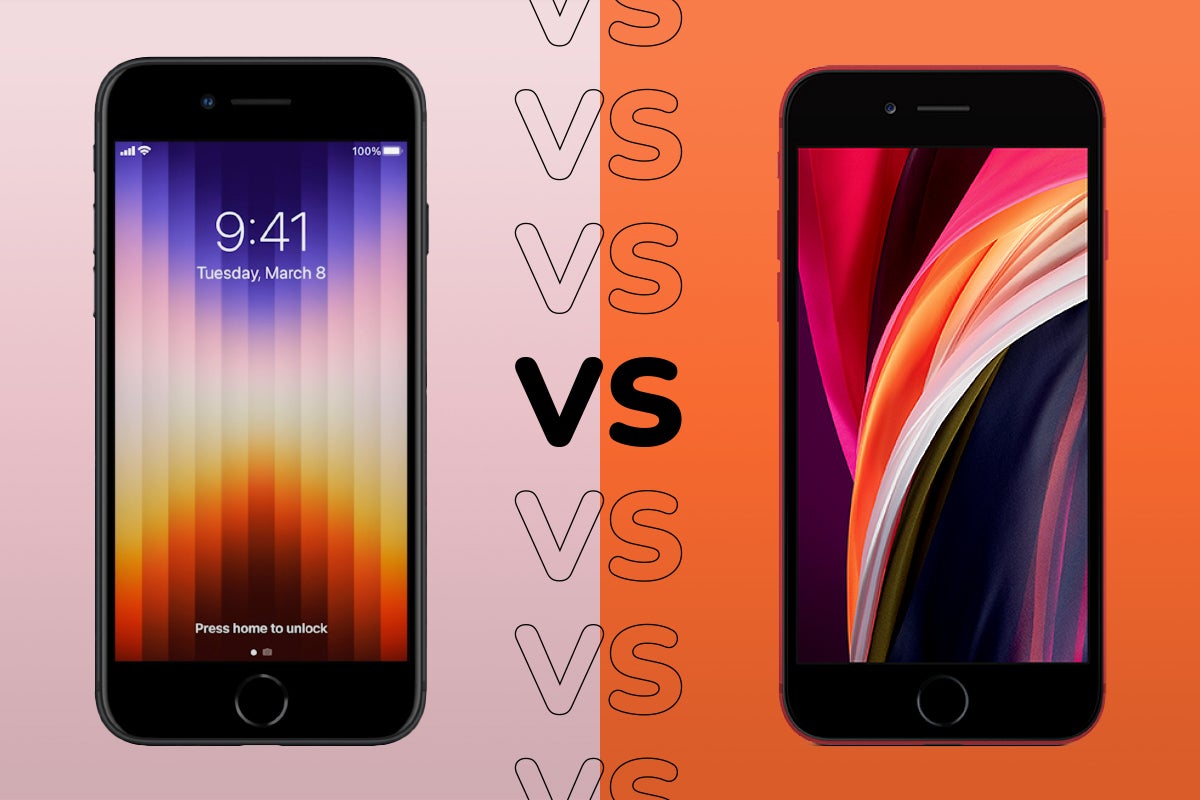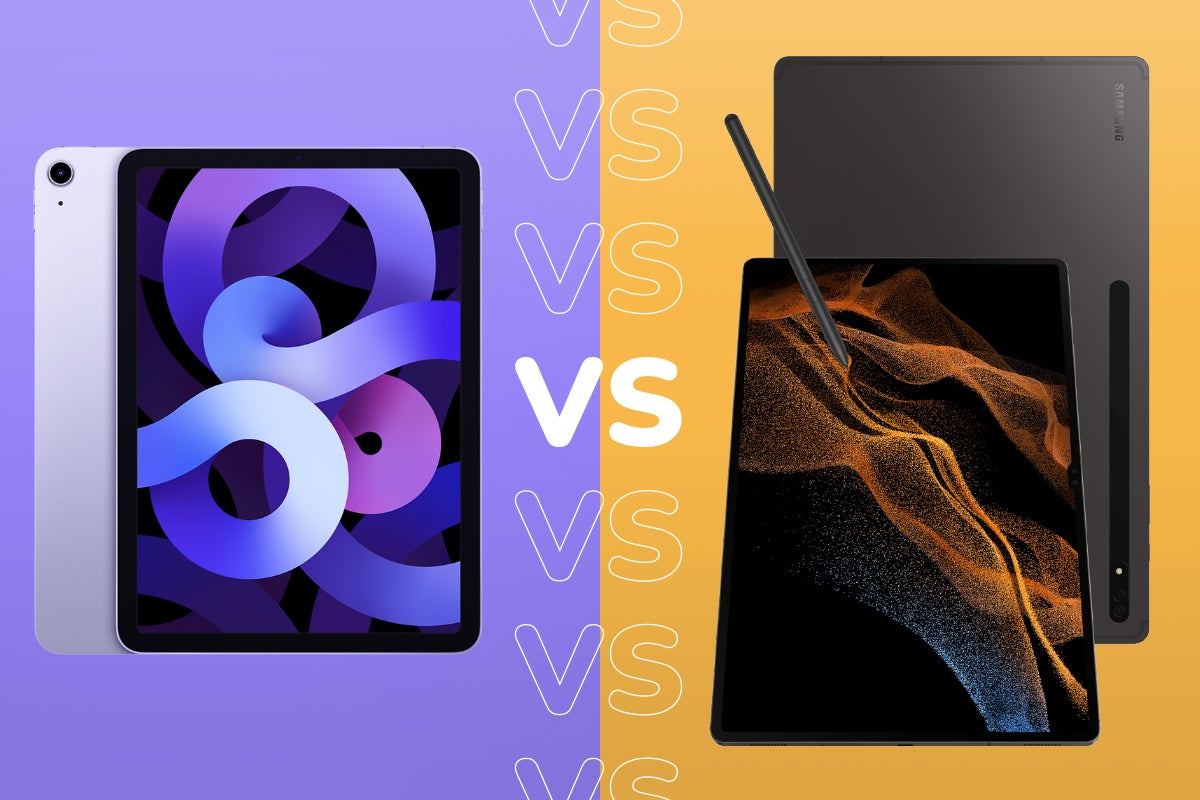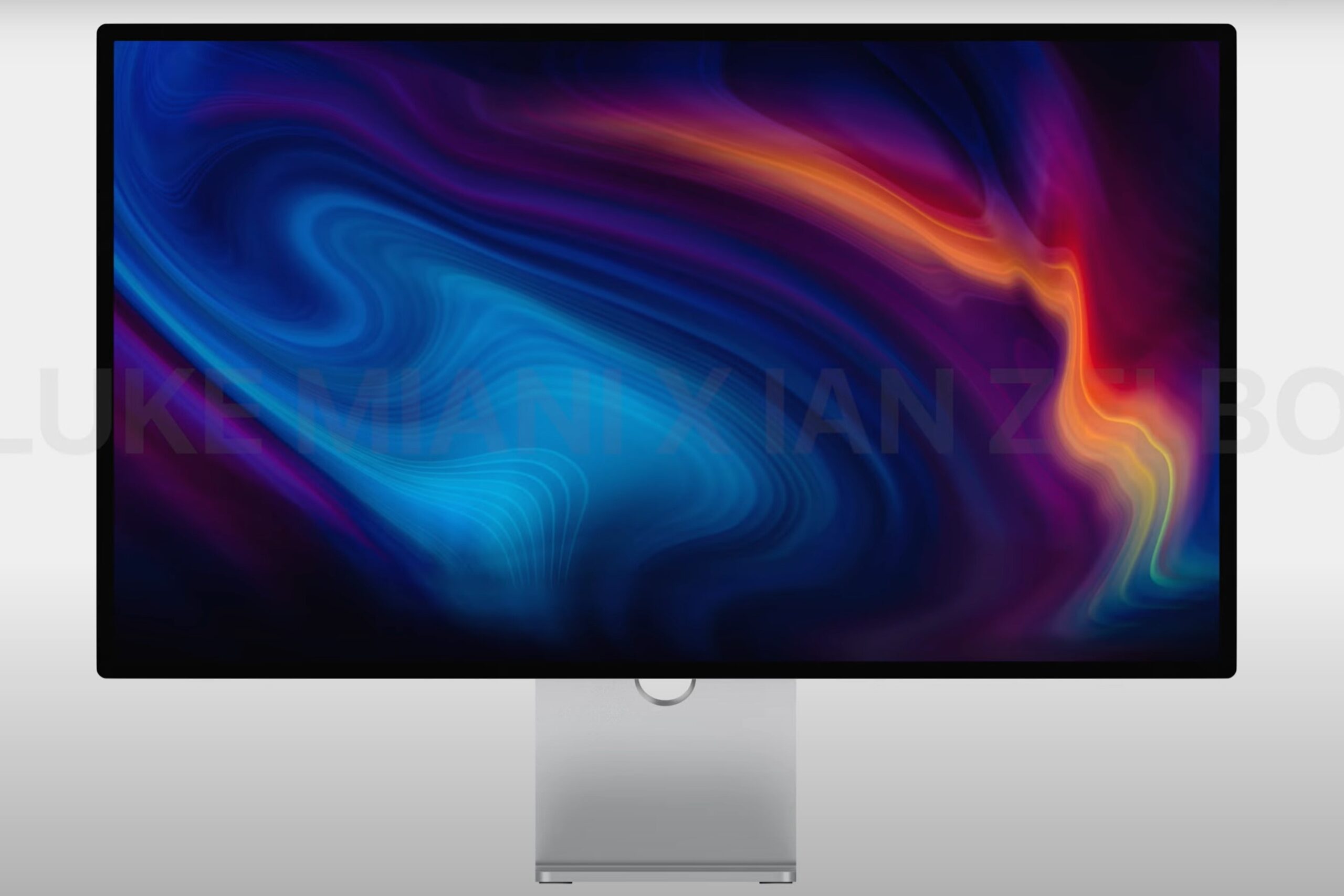iPad Air 5 vs iPad Pro: Which is more powerful?
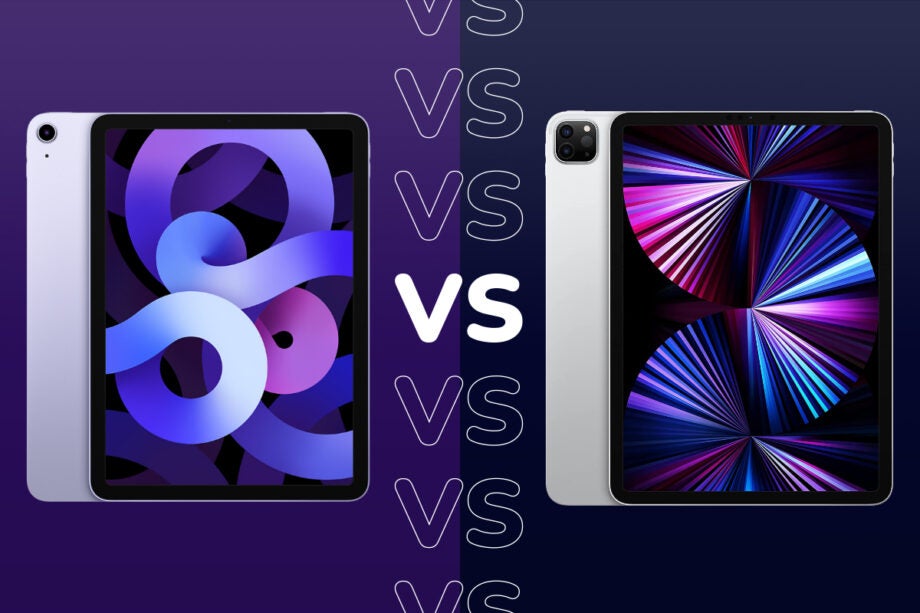
With the launch of the next-generation iPad Air 5, we’re taking a look back to see how it compares to the iPad Pro 2021.
The iPad Air 5 has officially been announced at the Apple Peak Performance event mere hours ago. Being full of new hardware you may justifiably be wondering how it compares to Apple’s top end iPad Pro. Here to help we’ve created this early guide detailing the two iPads biggest differences and similarities.
Do keep in mind that we have not had a chance to review the iPad Air 5 in full yet, unlike the iPad Pro 2021, which we have reviewed. This article won’t be a breakdown of the performance between each tablet, but what the specs entail and how the design differs.
Screen
Looking to the old before the new, the iPad Pro comes in two flavours, 11-inches and 12.9-inches. The flagship Pro comes with a Liquid Retina XDR Mini-LED display with IPS technology, with our review noting that it was great for HDR content. Which is great news for people that pay for streaming services’ such as Netflix, Prime and Disney Plus’ top tier packages.
The Liquid Retina XDR stands for Extreme Dynamic Range with a large number of individually calibrated blue LEDs to form a backlight.
It has a pixel resolution of 2732×2048 which is sharper than average and great for reading and working on day-to-day. During our lab testing we detected a nit count of 525, with impressive colour temperature and perfect blacks. We noted that this is a great tablet for watching media on, with vibrant colours and deep blacks leading to a generally more immersive viewing experience than most of the other slates we test.
While we can’t use any lab tests for the iPad Air 5, we do know that it packs a 10.9-inch Liquid Retina LED display with a resolution of 2360×1640. Apple is claiming that it has a wide P3 colour display and that it can reach up to 500 nits of brightness. If true that still puts it behind its more expensive sibling.
We will be sure to test these claims once we get the tablet in for a review, though the screen does look promising.

Design
The iPad Pro comes in Grey and Silver, with the same rectangular shape and rounded edges that we’ve come to expect with most iPads. There is a front 12MP camera and a small camera set up on the back.
Our review noted that it would have been nice to see more colour options for the iPad Pro, as the choices on offer here are a little dull.
Looking at the iPad Air 5, it comes in five colours, including Space Grey, Starlight, Purple, Pink and Blue. It comes with a 12-megapixel front camera that now features Centre Stage, which will keep you in focus and in frame while taking video.
Apple has also included a 12-megapixel camera on the front of the iPad that supports Centre Stage, which will keep you in frame and in focus while you’re taking a video.
Since neither of these tablets has been marketed as particularly portable, it will be interesting to see which proves more travel friendly when we get the new Air in for day-to-day testing.
Specs
The iPad Pro came with the M1 chipset, which features an eight-core CPU with four P-cores and 4 E-cores, alongside an eight-core GPU. Considering that the M1 chipset also is featured in several Apple desktops, we noted that the performance gains for this laptop were far beyond what we’ve seen from a tablet before.
We used Geekbench 5 for our testing, with the iPad Pro 2021 scoring 7281 in the multi-core test. When we get to test out the iPad Air 5 it will be interesting to see how it compares to the 2021 Pro model. Geekbench is a synthetic benchmark that gauges a products performance by running series of simulated tests. A higher score is better.
The RAM will depend on which variation of iPad Pro you choose, but you will get 8GB of RAM with 128/256/512GB of storage, and 16GB of RAM when you jump up to 1/2TB of storage.
While we can’t talk about the performance of the iPad Air 5, we can go over what specs Apple has packed into its latest tablet.
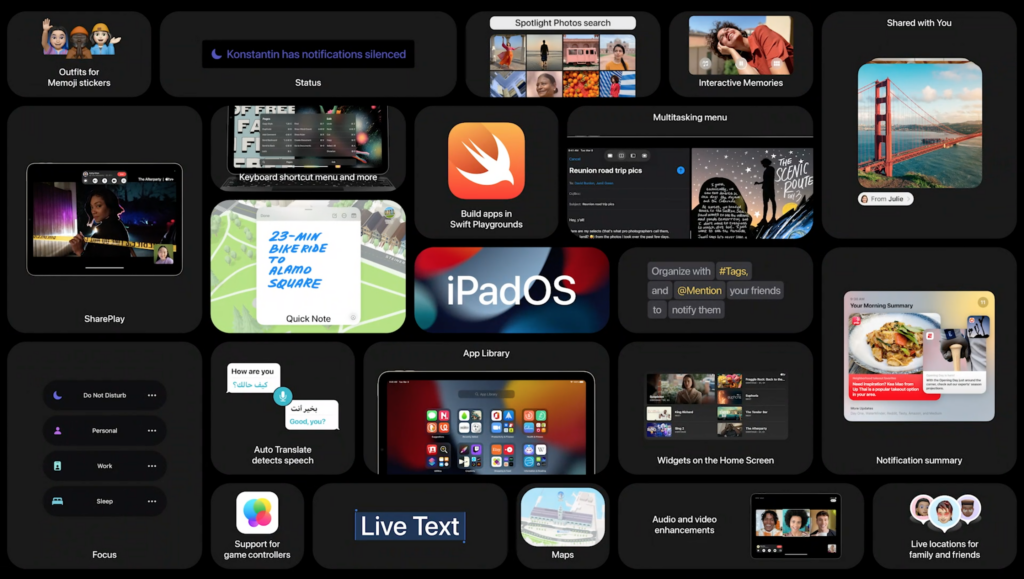
Coming with the same M1 chipset, it will be interesting to see how each tablet performs generally, as Apple is claiming that the Air 5 offers a 60% performance increase over the iPad Air 4, but there have been no comparisons to the iPad Pro.
Apple is claiming that it has been designed with creatives in mind, with 5G connectivity for anyone who’s usually on the move. This is a step up from the iPad Pro, which does have Wi-Fi capabilities, but no 5G options.
In terms of storage, the iPad Air 5 comes in two flavours, at 64GB and 256GB with 8GB of RAM. The limited storage variations is a little disappointing, and it would have been nice to see a 1TB variation.
Early Verdict
While we can’t make any concrete claims until we spend some time with the iPad Air 5, it seems that both tablets are pretty equally matched when you consider that both come with the M1 chipset. The smaller screen may make the Air 5 easier to transport, with more colour options available than the iPad Pro. However, the lack of storage options for the iPad Air 5 lets it down and may make it less desirable for someone wanting to do a lot of intensive creative work. We will be sure to update this page and our verdict once we get a chance to review the iPad Air 5, so keep checking back to Trusted Reviews for more updates.
Below are listed the full known pricing and specifications of the two devices, for a side-by-side comparison:


